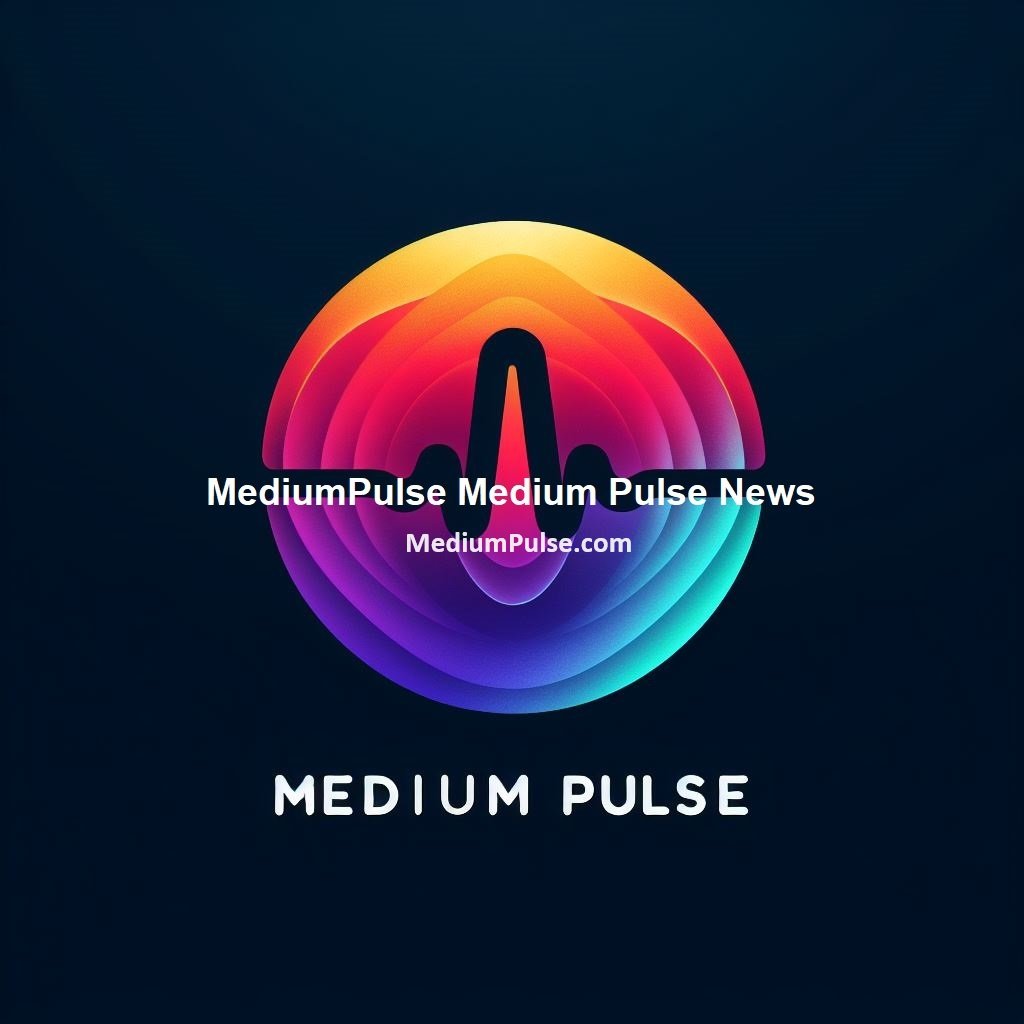Conflict Resolution Made Easy: Tools for HR and Managers
Conflict is an inevitable part of any workplace. Whether it arises from differences in personality, communication styles, or competing priorities, unresolved conflict can damage team morale, reduce productivity, and even increase turnover. For HR professionals and managers, mastering conflict resolution isn’t just a nice-to-have skill—it’s essential to maintaining a healthy, thriving workplace.
Luckily, conflict resolution doesn’t have to be complicated. With the right tools and techniques, HR and managers can address issues swiftly and effectively, turning potential flashpoints into opportunities for growth and collaboration. Here’s a guide to making conflict resolution easy and effective.
Understanding Conflict in the Workplace
Before diving into tools, it’s important to understand the types of conflict that commonly occur:
-
Task Conflict: Differences about work-related tasks or goals.
-
Relationship Conflict: Personal incompatibilities, emotions, or personality clashes.
-
Process Conflict: Disagreements about how work gets done.
While task conflict can sometimes be productive by encouraging new ideas, relationship and process conflicts often harm team dynamics and require swift resolution.
Essential Tools for Conflict Resolution
-
Active Listening
Conflict often escalates when parties feel unheard. Active listening means fully concentrating, understanding, and responding thoughtfully to what the other person is saying. HR and managers should:
-
Maintain eye contact and open body language.
-
Paraphrase to confirm understanding.
-
Ask open-ended questions.
This approach builds trust and diffuses tension.
-
Mediation
Mediation involves a neutral third party guiding the conflicting individuals toward a mutually acceptable solution. HR professionals frequently act as mediators. Effective mediation tools include:
-
Establishing ground rules.
-
Encouraging equal participation.
-
Identifying underlying interests, not just positions.
-
Conflict Resolution Models
Structured frameworks simplify the resolution process. Popular models include:
-
The Thomas-Kilmann Conflict Mode Instrument (TKI): Helps identify conflict styles (competing, collaborating, compromising, avoiding, accommodating) so managers can adjust their approach.
-
The Interest-Based Relational (IBR) Approach: Focuses on separating people from the problem and collaboratively finding solutions.
-
Clear Communication Channels
Sometimes conflicts arise from misunderstandings or lack of clarity. HR should promote transparent communication by:
-
Setting expectations for respectful dialogue.
-
Encouraging regular feedback sessions.
-
Using collaborative platforms for clarity on tasks.
-
Training and Workshops
Equipping employees and managers with conflict resolution skills through workshops can reduce the frequency and severity of conflicts. Topics may include emotional intelligence, negotiation skills, and cultural sensitivity.
-
Follow-Up Mechanisms
Resolution doesn’t end when the conversation ends. HR and managers should:
-
Schedule follow-up meetings to ensure agreements are honored.
-
Monitor team dynamics for recurring issues.
-
Offer support resources like counseling if needed.
The Benefits of Effective Conflict Resolution
Implementing these tools leads to numerous benefits, such as:
-
Enhanced team collaboration.
-
Increased employee satisfaction.
-
Reduced absenteeism and turnover.
-
A culture of openness and trust.
By proactively addressing conflicts, HR and managers foster a workplace where challenges become opportunities for innovation and growth.
Conflict resolution doesn’t have to be daunting. With empathy, structure, and the right tools, HR professionals and managers can transform conflicts into constructive conversations. Investing time and effort in these skills pays dividends in a more harmonious, productive, and engaged workforce.
